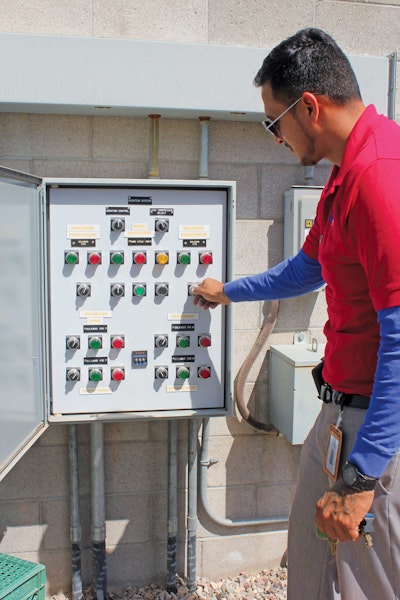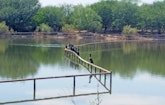Some stormwater projects protect assets. Pima County, Arizona, used its stormwater to create assets.
A couple of decades ago, the county, with help from the Army Corps of Engineers out of Los Angeles, rounded up some earthmovers and went to work on an initial flood diversion...










